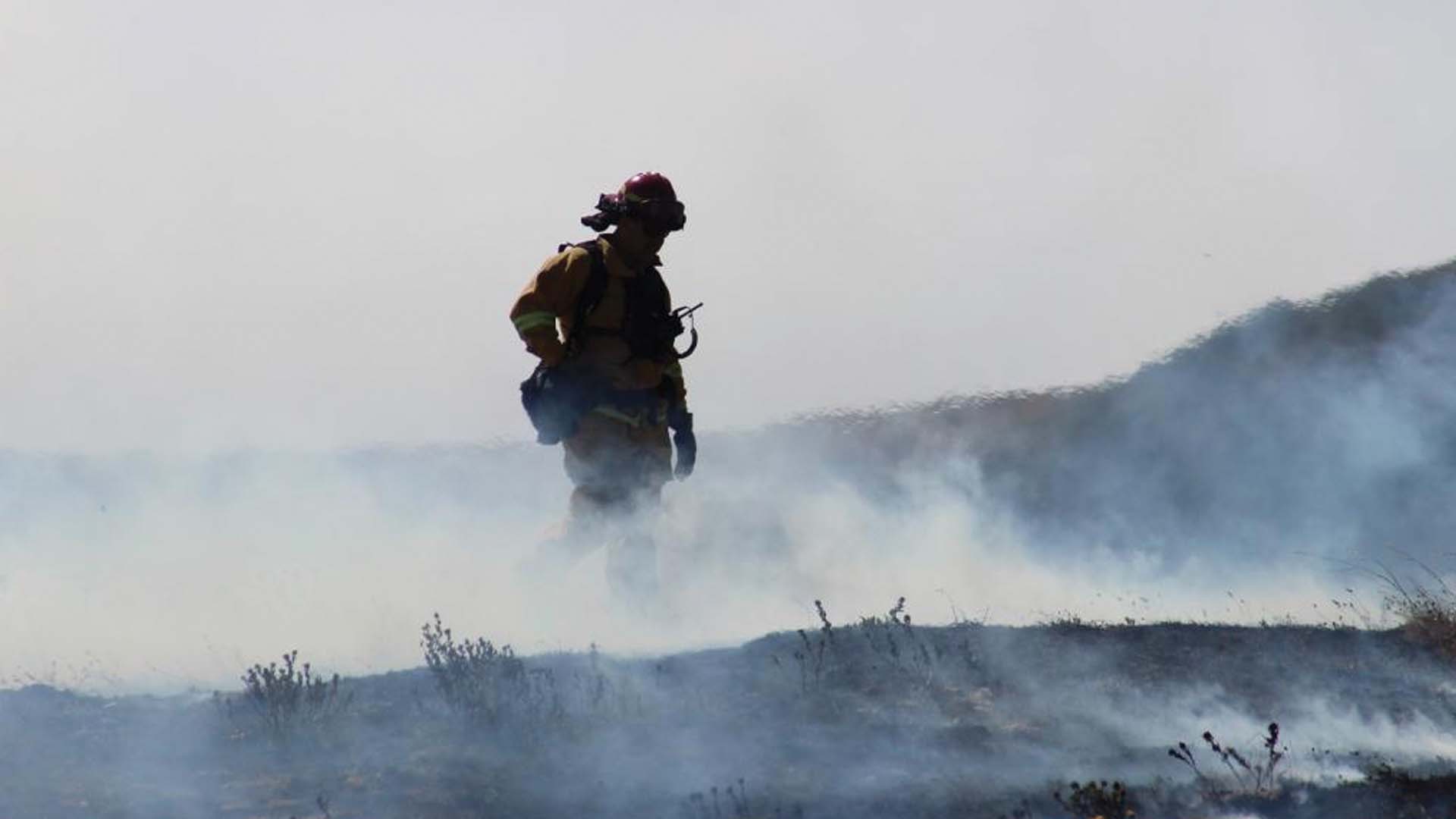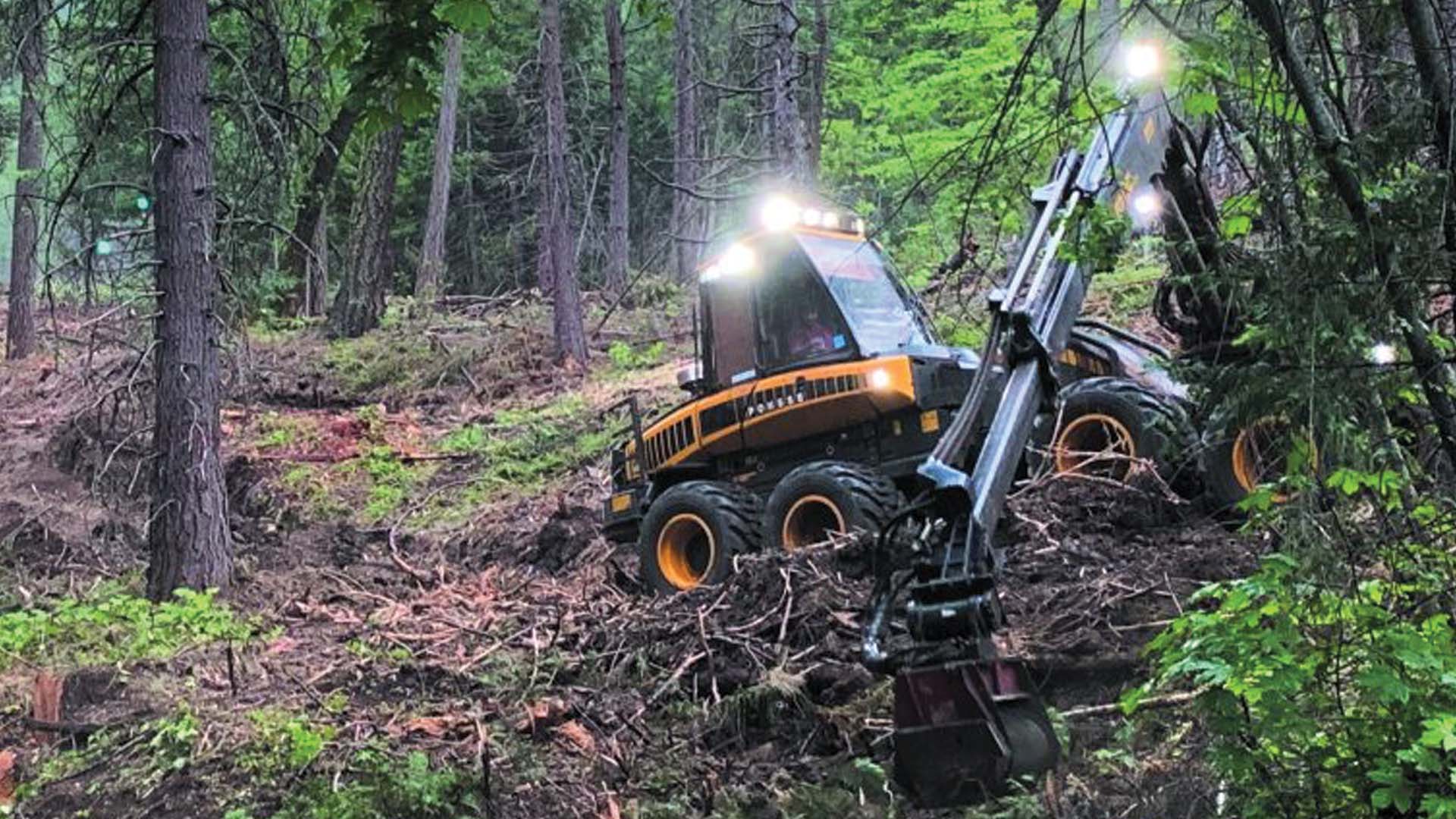An average of 1.2 million acres of US woodland burn each year because of forest fires, and humans start 90% of these fires. Weather conditions and the environment directly contribute to the cause or worsening of a fire, but there are many things that you can do to prevent forest fires. And once you’ve done all that you can, there are many things that professionals can do as well.
What You Can Do To Prevent Forest Fires
A major reason for human-caused forest fires is the misuse of fire or sparks. Many of these are clearly irresponsible, such as building a campfire near flammable materials like logs, brush, and decaying leaves, not leaving your campfire cold to the touch, or and not having someone watch your fire the entirety of its burn.

However, less obvious mistakes can also cause fires. Specifically, doing something that is safe in typical conditions but can be detrimental when the weather conditions are hot, dry, and windy. For example, operating certain equipment like a lawnmower is usually fine, but should be avoided in these conditions. Additionally, fireworks can be an exciting addition to your camping trip or barbeque, but they also start over 19,000 fires in the United States each year. Be sure to check your local, state, and city regulations before using fireworks.
Another thing you should remember is to keep your vehicles off of dry grass. Your exhaust can reach temperatures of over 1,000 degrees which can easily cause fires, especially while off-roading. Additionally, if you are driving a trailer, check that your tires are not worn, the bearings and axles are greased, and safety chains are not dragging on the ground.
Even if you are practicing fire safety, you can carry certain things in your vehicle to help put out a fire before it gets too big. Having a shovel, bucket, and fire extinguisher in your vehicle can help save lives, especially if you live in a fire-prone area.
What Professionals Can Do To Prevent Forest Fires
While there are many things that we can do to prevent the chances of a forest fire, there are professionals who make it their job to prevent forest fires. One way professionals can prevent forest fires is by thinning forests. By thinning a forest by 50%, they sequester carbon, increase wildlife habitat, and decrease forest fires. The process of thinning forests may seem counterproductive, but it can greatly help the forest and reduce forest fires.

Another way professionals prevent future fires actually takes place right after another fire. After a fire, there are six months to process the wood before it is unusable. In order to optimize this time and the wood, professional foresters use trucks like Ponsse’s Harvester and Forwarder to salvage the burnt timber and to take it to the sawmill. The wood is then debarked and used for fuel or mulch, or it is sold as logs after it is cut, grated, and dried. In addition to collecting the dead trees, professionals also need to take down the remaining trees in the affected area because they will either die shortly or blow over, causing more damage.
This post-fire salvage not only reduces the chances of a fire happening, but it also supports the local timber industry and promotes future forest development. Salvaging forests after a fire is key to preventing forest fires, and it will play an important role in the future of forestry.
Explore the World of Innovation, and discover the science behind roller coasters, the evolution of energy, and what you need to know about electronic recycling.
To watch professionals prevent fires in action, stream Tomorrow’s World Today’s “The Power of Air” on SCIGo and Discovery GO.




